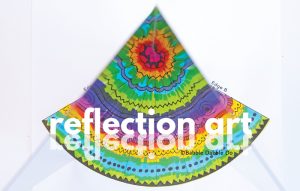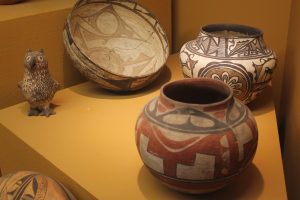Handcrafted Narratives: Absolutely Inspiring and Unique
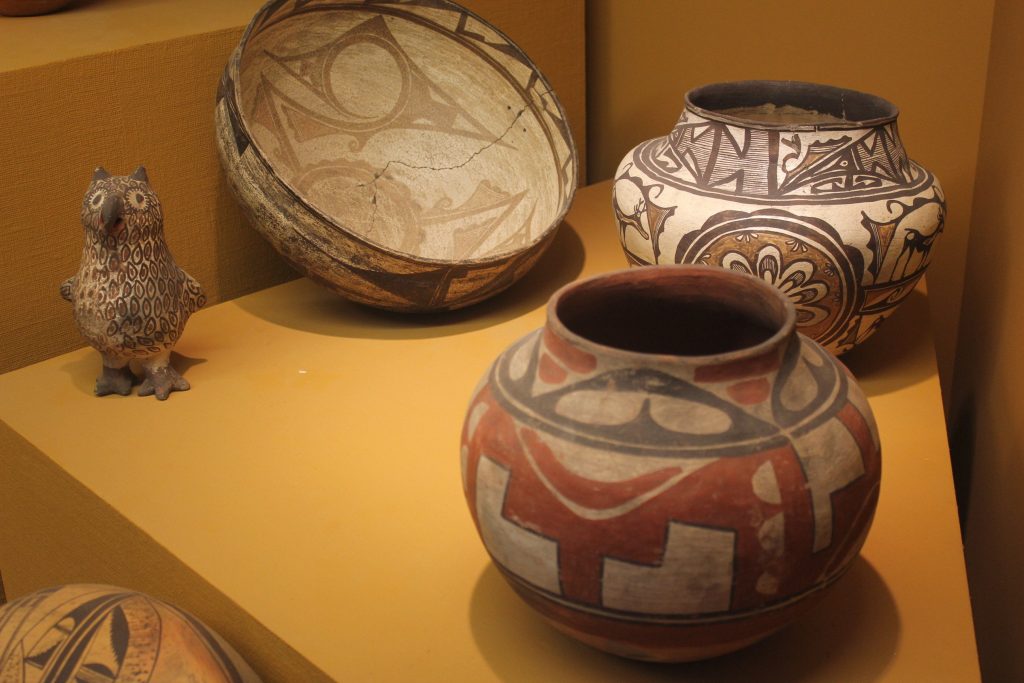
Handcrafted narratives are more than mere objects or expressions; they are windows into the past, preserving the essence of cultures, civilizations, and individual identities. Across the globe, handcrafted items—from pottery and textiles to sculptures and manuscripts—carry stories that connect us to our ancestors and provide a tangible link to history. These artifacts represent the unspoken conversations between generations, blending artistry with storytelling to form a living archive of human experience. In a world increasingly dominated by digital and mass-produced artifacts, the significance of handcrafted narratives lies in their ability to ground us in tradition while inspiring contemporary creativity.
The Origins of Handcrafted Narratives
The practice of embedding stories into handmade creations dates back thousands of years. Early humans used cave paintings and carved symbols to communicate experiences, beliefs, and observations about the world around them. These rudimentary yet profound forms of expression marked the beginning of handcrafted narratives, offering glimpses into their daily lives, spiritual beliefs, and communal bonds.
In ancient Mesopotamia, artisans inscribed cuneiform onto clay tablets, documenting everything from laws and trade agreements to myths like the “Epic of Gilgamesh.” Similarly, Egyptian craftsmen used hieroglyphics to adorn tombs and temples, blending visual art with textual storytelling to honor their gods and immortalize their rulers. These early examples of YOWESTOGEL handcrafted narratives demonstrate the intrinsic human desire to preserve knowledge and share stories across generations.
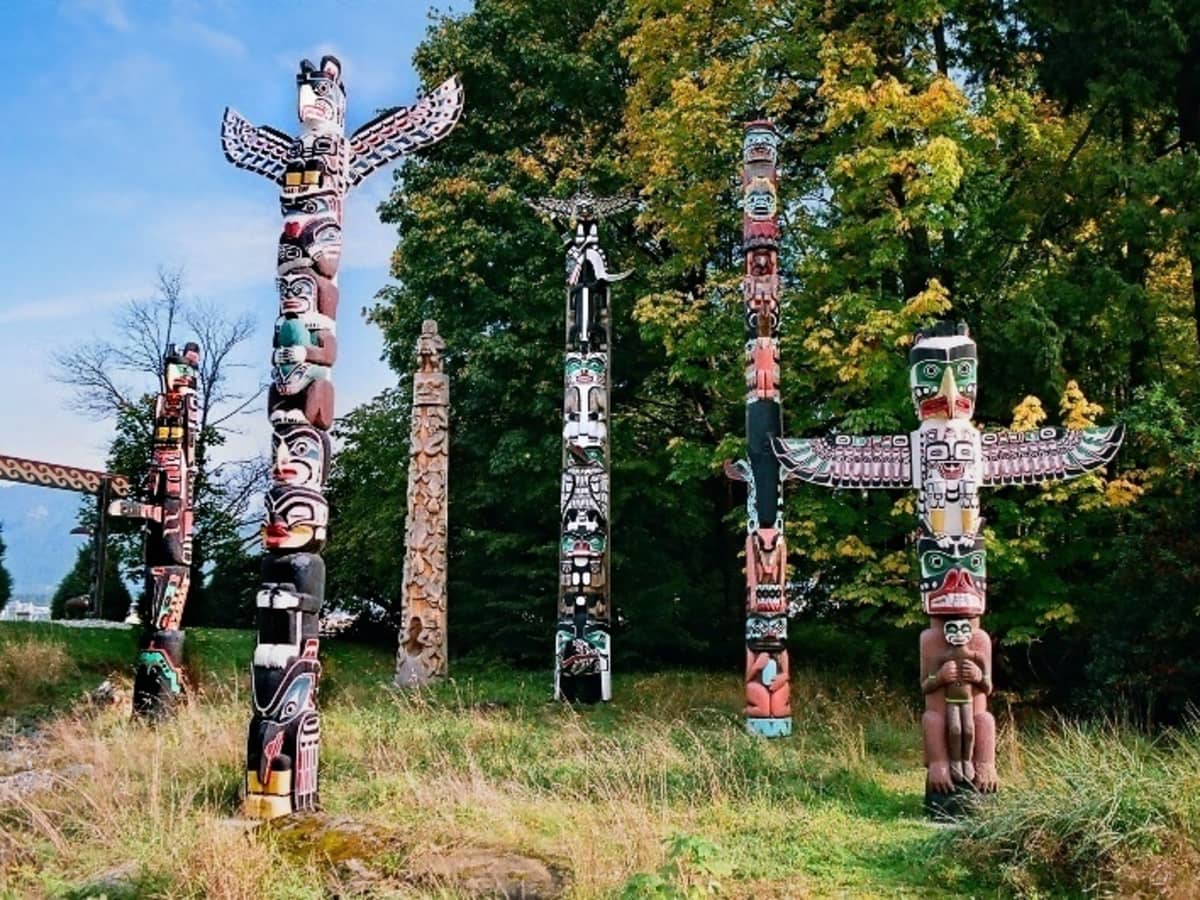
The Cultural Value of Handcrafted Narratives
Handcrafted narratives often hold profound cultural significance, serving as vessels for tradition, memory, and identity. In many indigenous communities, these creations are integral to rituals and ceremonies, carrying sacred meanings that transcend their aesthetic value. For example, Native American totem poles are towering examples of handcrafted storytelling, with each figure representing a family’s history, legends, or spiritual connections. These poles are not merely decorative; they are symbols of identity and continuity.
Similarly, the intricate designs of Persian rugs tell stories of nature, mythology, and community. Each knot and motif reflects the weaver’s environment and heritage, turning the rug into a narrative canvas. The value of such handcrafted items extends beyond their physical form—they embody the knowledge, values, and creativity of the culture that produced them.
The Craftsmanship Behind the Stories
The process of creating handcrafted narratives is as significant as the finished product. Each piece is a labor of love, requiring skill, patience, and an intimate connection between the artisan and their materials. The craftsmanship often reflects the techniques and traditions passed down through generations, ensuring that the narratives remain rooted in their cultural context.
Take, for instance, the Japanese art of Ukiyo-e, or woodblock printing, which flourished during the Edo period. Each print, from the carving of the woodblocks to the application of pigments, required meticulous effort and coordination among artisans. The resulting images depicted scenes from folklore, daily life, and nature, offering a glimpse into the values and aesthetics of Japanese society at the time.
Similarly, the embroidery traditions of South Asia—such as Phulkari in Punjab or Kantha in Bengal—transform textiles into narrative works of art. The stitches often depict scenes from village life, floral patterns, or mythical tales, weaving stories into the very fabric of the community. These handcrafted narratives celebrate not only the skill of the artisan but also the collective memory of the culture they represent.
Unearthing Hidden Stories
Handcrafted narratives also play a crucial role in unearthing hidden or marginalized histories. Artifacts created by communities that lacked formal written records offer valuable insights into their lives, beliefs, and struggles. For instance, the pottery of the ancient Moche civilization in Peru, adorned with intricate depictions of rituals and daily life, provides clues about their society’s structure and practices.
In modern contexts, handcrafted narratives are being rediscovered as tools for reclaiming cultural identity and amplifying voices that have been historically silenced. Indigenous artists, for example, use traditional crafts to challenge stereotypes and assert their heritage in contemporary spaces. By doing so, they transform their creations into powerful statements of resilience and self-expression.
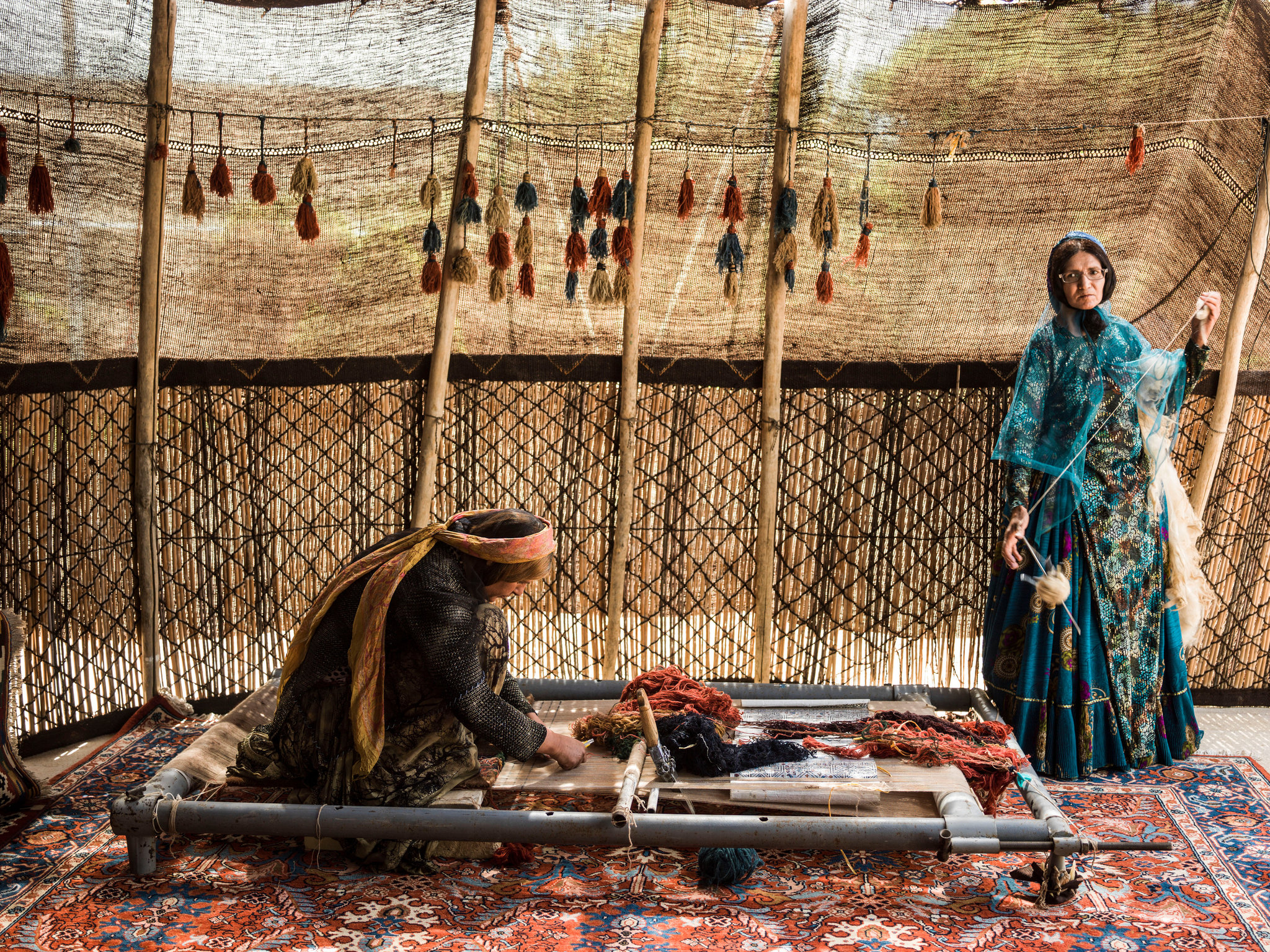
The Role of Handcrafted Narratives in Modern Society
In an era of rapid technological advancement and mass production, handcrafted narratives offer a counterbalance to the ephemeral nature of digital culture. They remind us of the value of time, effort, and personal connection, fostering a deeper appreciation for the stories embedded in each creation. Furthermore, they encourage sustainability by prioritizing quality and longevity over disposable consumption.
The modern resurgence of artisanal markets and handmade goods reflects a growing appreciation for these narratives. Consumers increasingly seek items that tell a story, valuing authenticity and craftsmanship over convenience. This trend has not only revived interest in traditional crafts but also created opportunities for artisans to share their stories with global audiences.
Challenges in Preserving Handcrafted Narratives
Despite their significance, handcrafted narratives face numerous challenges in the modern world. The rise of industrialization and globalization has led to the decline of many traditional crafts, as cheaper, machine-made alternatives dominate markets. This shift threatens the livelihoods of artisans and the survival of their narratives.
Additionally, the commodification of handcrafted goods often strips them of their cultural context, reducing them to mere objects of aesthetic appeal. When removed from their origins, these items lose the stories and meanings that make them significant. Efforts to preserve handcrafted narratives must therefore go beyond the objects themselves, focusing on the knowledge, techniques, and traditions that underpin them.
Revitalizing Handcrafted Narratives
To ensure the survival of handcrafted narratives, there is a need for concerted efforts to document, promote, and adapt these traditions. Cultural organizations, governments, and NGOs play a vital role in supporting artisans through education, funding, and fair-trade initiatives. By creating platforms for artisans to share their work and stories, these efforts help preserve the cultural heritage embedded in handcrafted narratives.
Furthermore, collaborations between traditional artisans and contemporary designers offer exciting possibilities for innovation. By blending old and new techniques, these partnerships breathe new life into handcrafted narratives, making them relevant to modern audiences while honoring their roots.
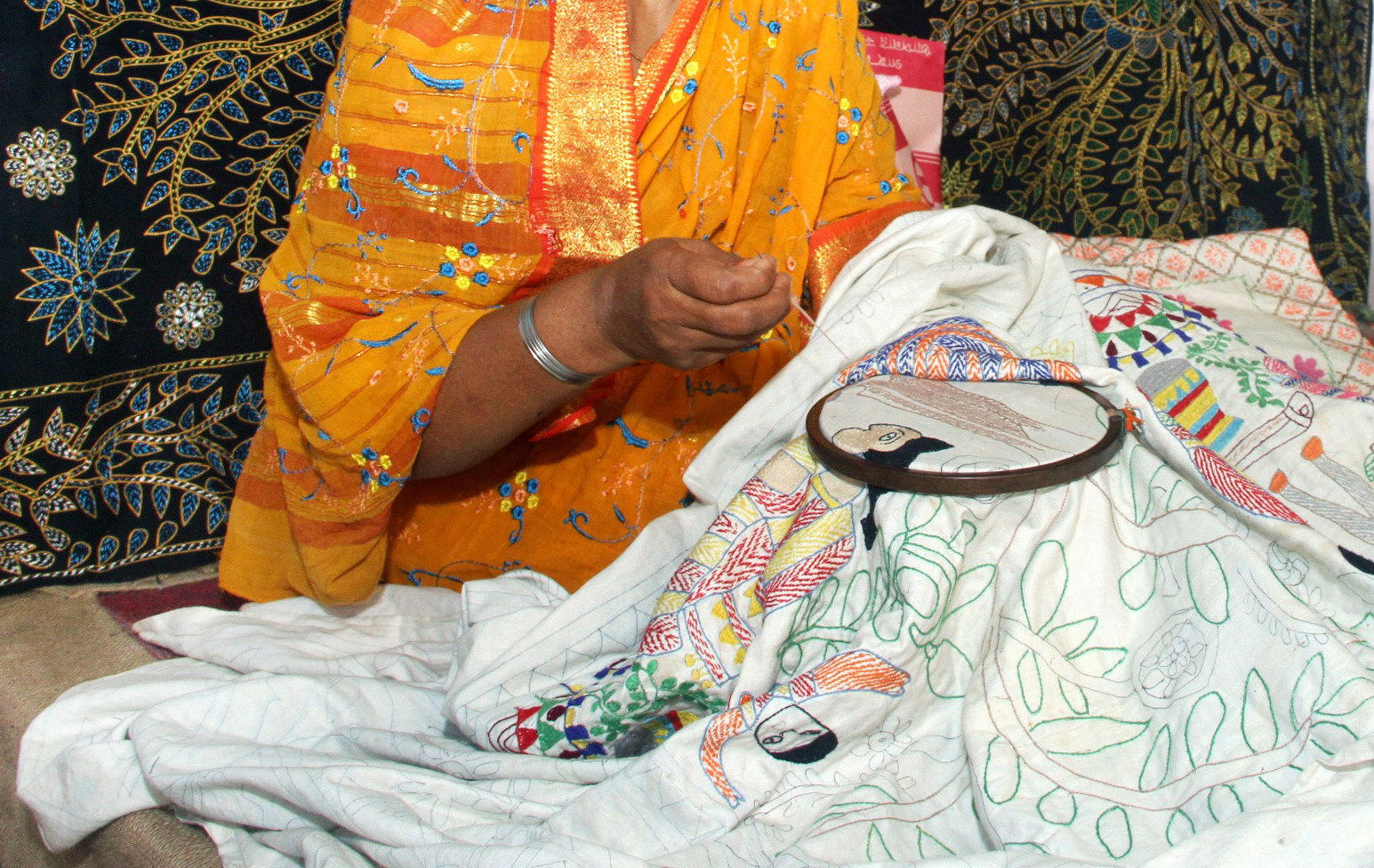
The Timeless Appeal of Handcrafted Narratives
The enduring appeal of handcrafted narratives lies in their ability to connect us to the past while remaining relevant in the present. They remind us of the universal human desire to tell stories, create meaning, and leave a legacy. Whether through a centuries-old piece of pottery or a modern handmade journal, these narratives invite us to pause, reflect, and appreciate the craftsmanship and history behind each creation.
In a world that often prioritizes speed and efficiency, handcrafted narratives offer a much-needed reminder of the beauty of slow, intentional work. They celebrate the individuality of the maker, the uniqueness of the creation, and the timeless stories that bind us across generations and cultures.
Conclusion
Handcrafted narratives are not just objects of beauty; they are the threads that weave together the fabric of human history. By celebrating the stories they tell and the craftsmanship behind them, we honor the artisans who dedicate their lives to preserving tradition and creativity. As we unearth these narratives, we gain a deeper understanding of our shared heritage and the power of storytelling in shaping our world. In embracing handcrafted narratives, we preserve the past, enrich the present, and inspire the future. If you like reading this article then please consider visiting stadefoot to find more article like this.



